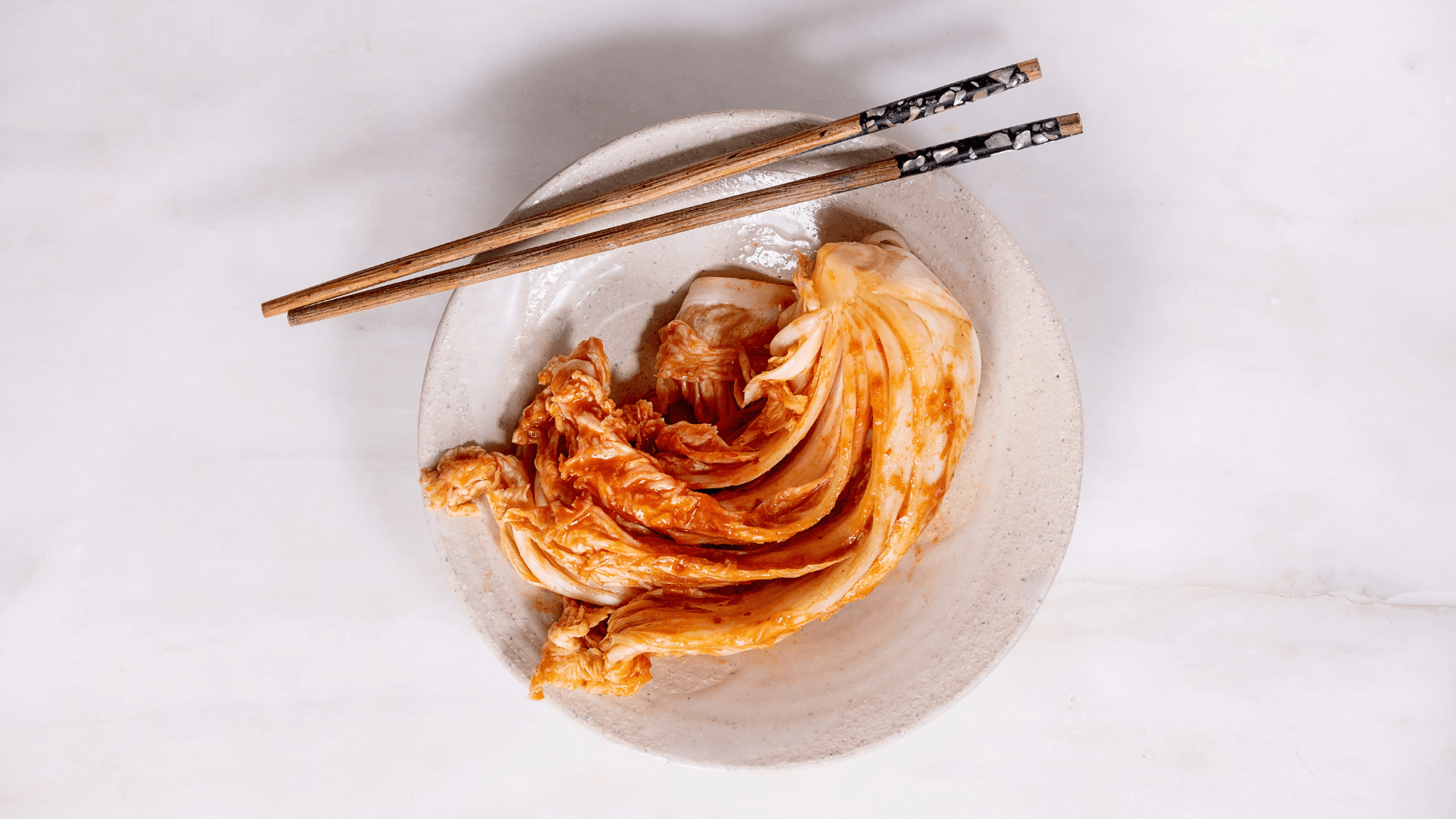Fermented food is all around us. Kimchi and kombucha are obvious examples that have become popular in recent years, but the list is surprisingly extensive. Think dairy products (most cheeses, yoghurt, crème fraîche), bread, alcohol, vinegar, miso, salami and even chocolate. And really, that’s just the top of the pickle jar! On our home continent, amasi, umqombothi (maize and sorghum beer), injera (Ethiopian teff flatbreads) and many varieties of pap are all made possible through fermentation.
The practice is as old as human civilisation itself. There’s evidence of intentional fermentation as far back as 10,000 BC. The first and most common example was the conversion of dairy from various herd animals into yoghurt or other dairy products. Dairy naturally ferments in the right climate, and once humans discovered this process, they began to actively produce fermented foods.
Alcohol fermentation is believed to go back as far as 7,000 BC in China, and there’s evidence of fermentation being used to create bread in Egypt from around 3,500 BC. Pickles, fermented sauces and various other products began to spring up in almost every culture across the globe from that time onwards.
Why are so many of the foods we eat fermented?
Firstly, fermentation is a preserving technique. Fresh foods have a very limited shelf life without refrigeration, and it was critical for human survival to be able to store and preserve foods during times of abundance in preparation for more food-scarce seasons. To understand how this preservation works, let’s take a look at the science.
Fermentation is a chemical process whereby molecules such as sugars and other carbohydrates are broken down into simpler substances, like alcohol, acids and carbon dioxide. The process is achieved with the help of micro-organisms like yeast, bacteria and fungi. The converted foods have new properties such as a sour flavour, alcoholic content or fizziness. These help prevent the growth of harmful micro-organisms, and keep foods from spoiling.
The health benefits of fermentation extend beyond simply preventing food poisoning. The most impressive contribution to human health is penicillin, which is produced via the fungal fermentation of various sugars.
The high levels of probiotics (beneficial micro-organisms) found in fermented products have been linked to improved digestion, stronger immunity and increased heart health. Many are rich in vitamin C, iron and zinc, which are all linked to strong immune systems.
Fermentation makes foods easier to digest, as the micro-organisms start the process of breaking down foods before they reach the gut. A good example of this is cheese, kefir and yoghurt, in which lactose has been converted into simpler and more digestible sugars, making dairy accessible to those with a lactose intolerance. It’s also an effective method for destroying toxins. Cassava is traditionally fermented to remove toxins before making fufu and gari (types of pap), which are staples in many countries in Africa.
Two brief warnings for those wanting to incorporate fermented foods into their diets
Firstly, many fermented foods can initially cause bloating and discomfort due to increased bacterial activity in the gut. While this generally normalises with regular intake, it can be fairly uncomfortable.
Secondly, fermented foods have become very trendy in recent years, and many brands like to extoll the wide-ranging health benefits of their products. However, this is a fairly new area of research, and not all of these claims are backed up by scientific studies.
It’s almost impossible to avoid incorporating fermented ingredients into food, but doing so intentionally can really increase the complexity of a dish.
Fermenting can positively affect the flavour, acidity, texture and aroma of foods. Of course, the flavour and effects of alcohol have been enjoyed (and sometimes abused) by humans all over the world for millennia. The conversion of sugars into acid or alcohol results in sharp and tart flavour profiles, so exploring a range of fermented products can be an interesting way to add acidity to a dish. Other unique flavours created through fermentation include Worcestershire, soy, and fish sauces, as well as many chilli sauces including tabasco, gochujang and sriracha.
While fermentation can be time-consuming and requires some know-how, making your own is well worth the effort, and can result in some seriously interesting and unique flavours.
If you are interested in trying your hand at fermentation, a great reference book is The Noma Guide to Fermentation. Published in 2018, it is probably the reason fermentation has become so popular in recent years, and why the terms garum, koji and lacto-ferments have made their way into foodie conversations. A slightly more accessible option for the home enthusiast is The Art of Fermentation by Sandor Ellix Katz, which explores a wide variety of applications from around the world.
Happy fermenting!



0 Comments